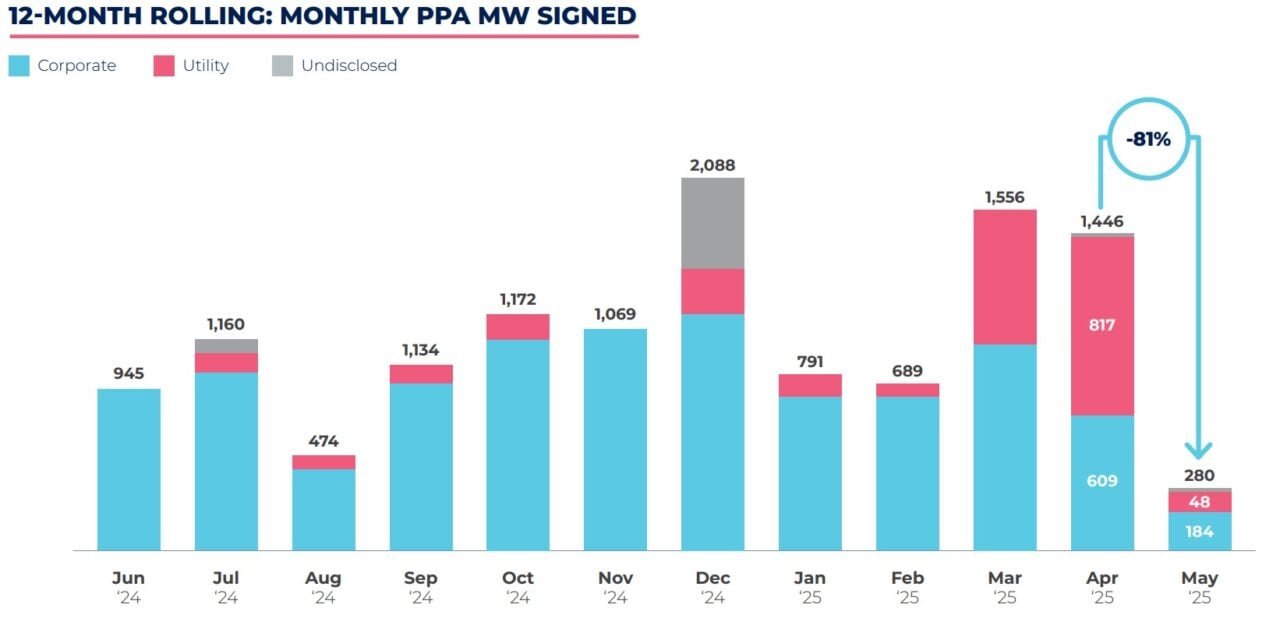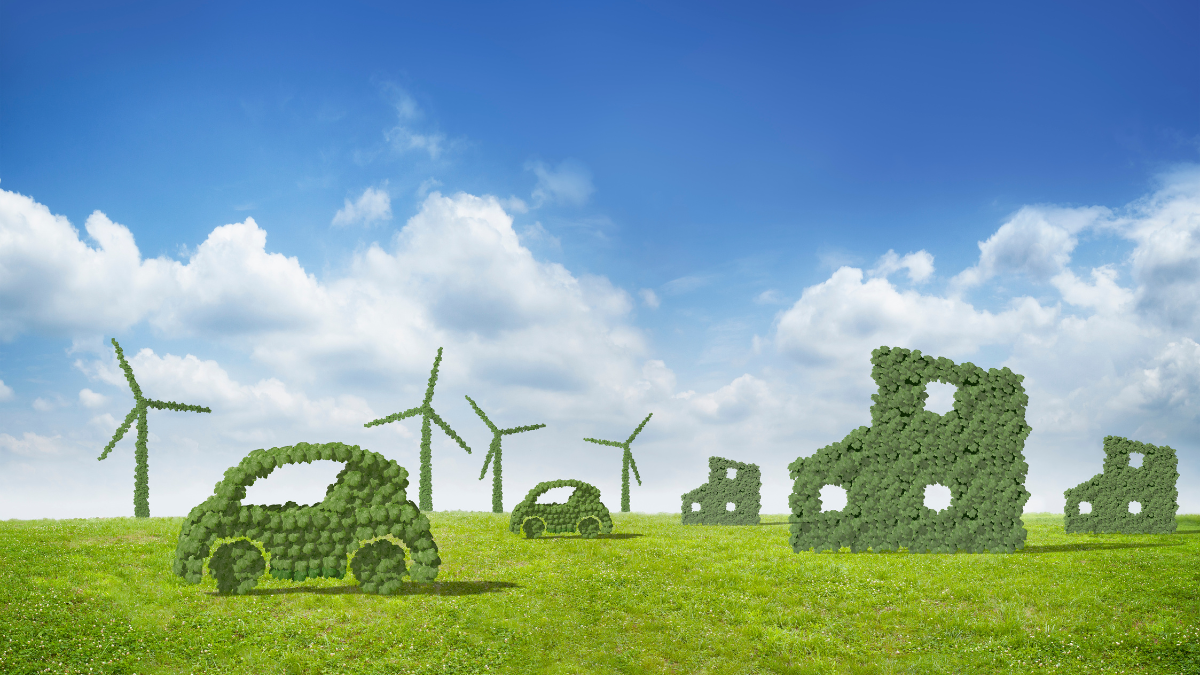In 2024, the global energy landscape saw a notable rise in both renewable energy sources and total energy consumption, reflecting the complexities of the ongoing energy transition. According to the Energy Institute’s Statistical Review of World Energy 2025, total energy demand increased by 2% to reach an unprecedented 592 exajoules (EJ). Electricity demand outpaced this growth, climbing by 4%, highlighting the expanding role of electrification in energy use.
Renewable energy sources, particularly wind and solar power, surged by 16%, making them the fastest-growing categories and increasing nearly nine times quicker than overall energy demand. China led this expansion, contributing 57% of new renewable energy installations, with its solar capacity nearly doubling within just two years.
Despite the rise in renewables, fossil fuel consumption also grew by over 1%, accounting for 60% of the increased energy demand. This dual growth resulted in a fourth consecutive year of record CO₂-equivalent emissions, which rose by 1% in 2024, emphasizing the urgency of addressing climate change.
Investment trends in energy infrastructure were robust across various sectors. Renewables attracted substantial investments, particularly in China and emerging markets. Meanwhile, global gas demand rebounded, increasing by 2.5% after a downturn in 2023. In India, coal demand rose by 4%, reflecting the rising energy requirements in developing regions.
For the first time since 2006, all forms of energy consumption—oil, coal, gas, nuclear, hydro, wind, and solar—reached record levels. This increase was largely driven by heightened geopolitical uncertainties and energy security concerns.
Investment priorities diverged between regions. Emerging markets concentrated on expanding energy access and capacity, while developed markets like Europe faced economic challenges, including high interest rates and supply chain disruptions that slowed the deployment of renewable technologies. Global trends showed electrification as a major investment focus, particularly in grid modernization and clean energy generation, underscoring its importance in decarbonization efforts.
Despite increased awareness and commitments towards a cleaner energy future, the pace of the transition has not kept up with demand growth. The energy transition remains fragmented and uneven across regions, with fossil fuels still supplementing renewables rather than being replaced entirely. Global energy leaders emphasize the need for quicker, coordinated actions to ensure a secure, affordable, and low-carbon future.
Kingsmill Bond from Ember highlighted that fossil fuel demand appears to have plateaued, as the global energy “trilemma” of sustainability, affordability, and security is being addressed through more cost-effective, localized, and clean electrification technologies. In 2024, clean sources accounted for 74% of electricity growth, with preliminary data from early 2025 indicating that all additional electricity demand was satisfied by clean energy sources.
Electricity contributed nearly two-thirds of the increase in primary energy demand, which rose by 2% globally—exceeding the 1.3% average of the previous decade—largely due to slower efficiency gains, especially in China. If efficiency improvements occur, fossil fuel demand could begin to decline as early as 2025. Notably, oil demand in China fell by 1.2% in 2024, signaling a potential peak, while global oil demand grew by only 0.7%. Overall fossil fuel consumption remains slightly above pre-pandemic levels, underscoring the growing significance of the electricity sector in the transition to renewable energy.




